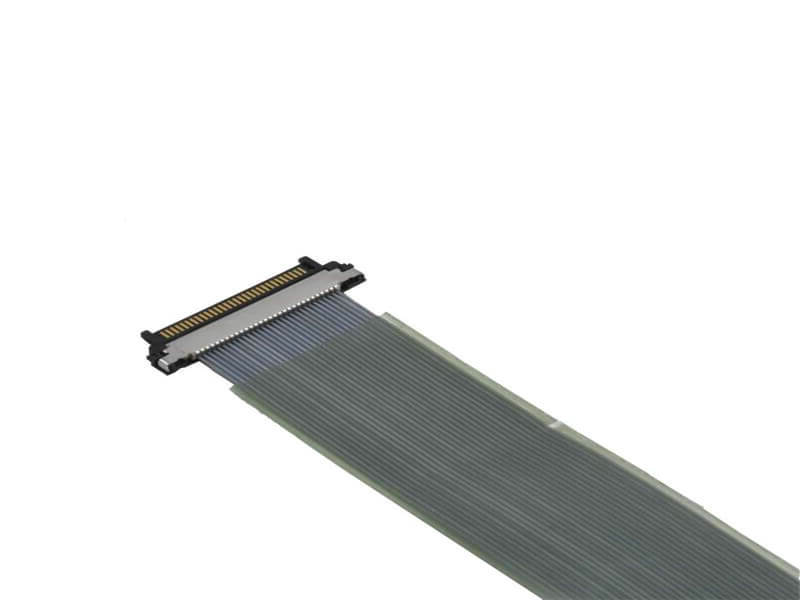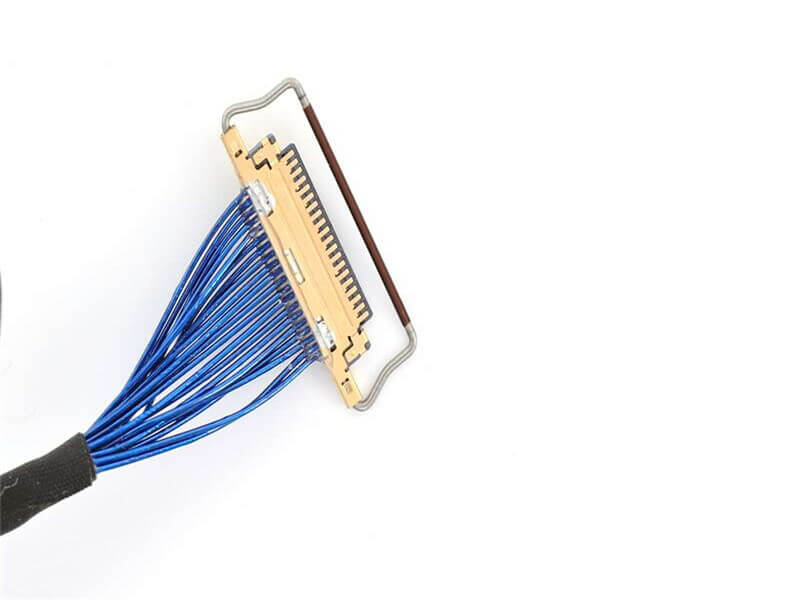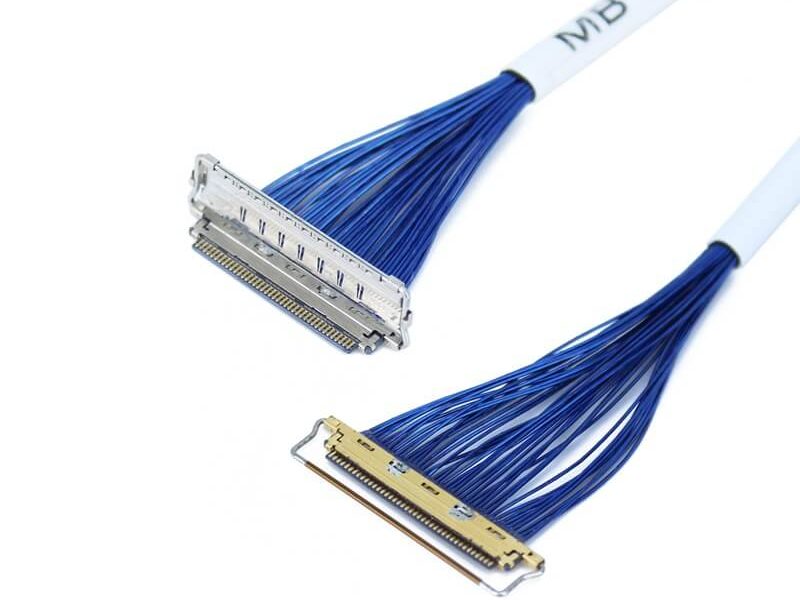What’s the Impedance Rating of High-Frequency Micro-Coaxial Cables
Introduction
High-frequency micro-coaxial cables are critical components in modern electronics, enabling reliable signal transmission in applications like telecommunications, medical devices, aerospace systems, and high-speed data networks. One of the most important specifications for these cables is their impedance rating. In this article, we’ll explain what impedance means for micro-coaxial cables, why it matters, and how to choose the right cable for your application.
What Is Impedance in Micro-Coaxial Cables?
Impedance (measured in ohms, Ω) is the opposition to alternating current (AC) in a circuit. For coaxial cables, it’s determined by the cable’s physical structure:
Inner conductor diameter
Dielectric material (insulation between inner conductor and shield)
Outer shield design
High-frequency micro-coaxial cables are engineered to maintain a consistent impedance across their operating frequency range, ensuring minimal signal reflection and loss.
Standard Impedance Ratings for Micro-Coaxial Cables
Most high-frequency micro-coaxial cables are designed with either 50Ω or 75Ω impedance:
50Ω Cables:
Optimized for RF/microwave applications (e.g., cellular networks, radar systems).
Deliver low signal attenuation and high power handling.
75Ω Cables:
Common in video transmission (e.g., broadcast equipment, CCTV).
Focus on minimizing distortion for analog signals.
Note: Specialty cables may have non-standard impedance values (e.g., 93Ω for aerospace), but 50Ω and 75Ω dominate the market.
Why Impedance Matching Matters
Impedance mismatches between cables and connected devices cause signal reflections, leading to:
Degraded signal integrity
Increased return loss
Reduced system efficiency
For high-frequency applications (above 1 GHz), precise impedance control is critical to avoid data errors or equipment damage.
Factors Affecting Impedance Stability
Cable Geometry: Smaller diameters in micro-coaxial cables require tighter tolerances.
Dielectric Material: Materials like PTFE or foamed polyethylene influence impedance stability.
Frequency: Impedance can vary at different frequencies; high-quality cables maintain consistency up to 40+ GHz.
Shielding: Effective shielding prevents external interference from altering impedance.
How to Choose the Right Impedance Rating
Follow these steps to select a micro-coaxial cable:
Identify Application Requirements:
50Ω for RF, wireless, or test equipment.
75Ω for video, audio, or broadcast systems.
Check Frequency Range: Verify the cable’s impedance stability across your operating bandwidth.
Consider Environmental Factors: Temperature, flexibility, and shielding effectiveness.
Test Compatibility: Use time-domain reflectometry (TDR) to validate impedance matching.
FAQs About Micro-Coaxial Cable Impedance
Q: Can I use a 50Ω cable for a 75Ω system?
A: Avoid mixing ratings—mismatches cause signal loss. Always match impedance between cables and connectors.
Q: How is impedance measured?
A: Impedance is tested using TDR or vector network analyzers (VNAs).
Q: Does cable length affect impedance?
A: No, but longer cables increase attenuation, which impacts signal quality.





